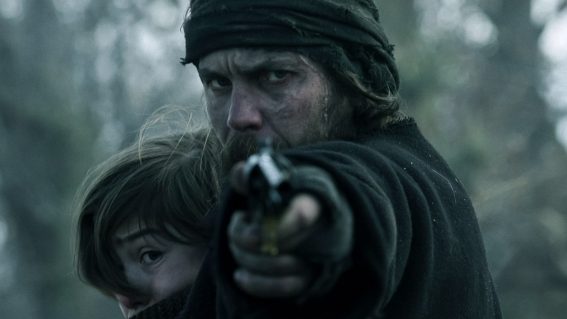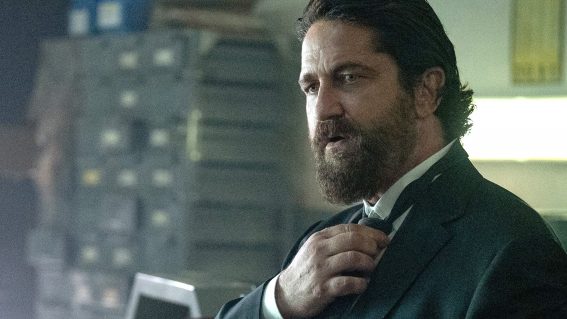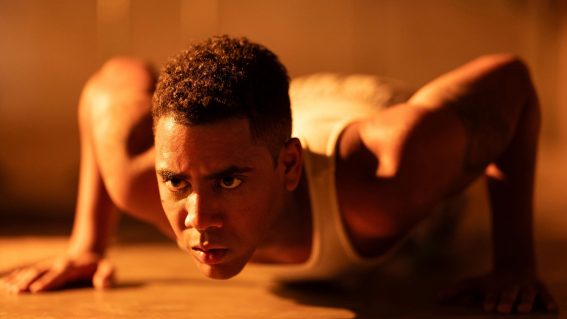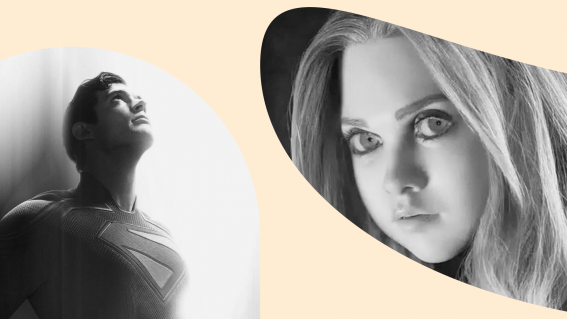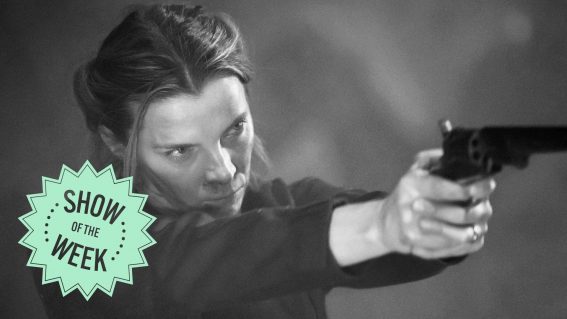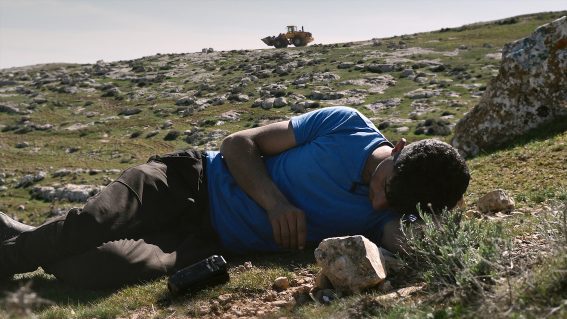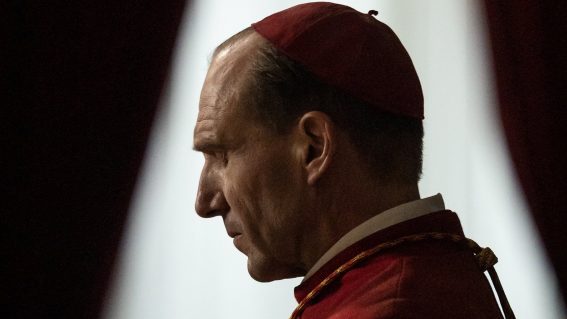6 reasons why The Dark Crystal: Age of Resistance is a modern masterpiece
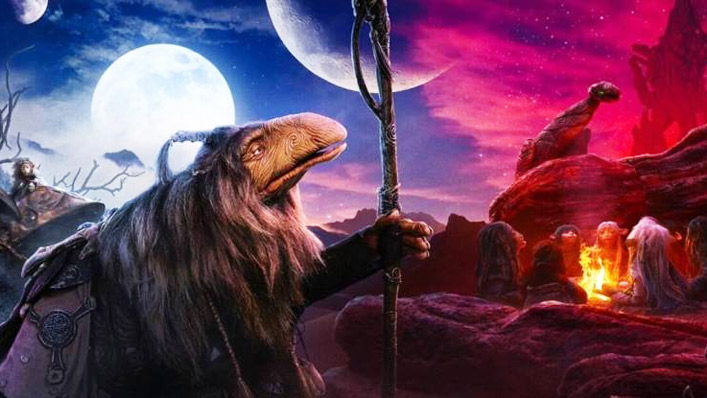
Netflix’s strikingly surreal series The Dark Crystal: Age of Resistance doesn’t just live up to the reputation of its predecessor. It is in fact a modern masterpiece, writes Luke Buckmaster.
The classic 1982 fantasy film The Dark Crystal was a strange and unforgettable experiment, long synonymous with the word “nightmares.” As in: watch it and you will experience some. Audiences of all ages had their dreams invaded by the Skeksis, a band of completely freaky eagle-like creatures with huge menacing beaks from outer space, who track you down and steal your essence.
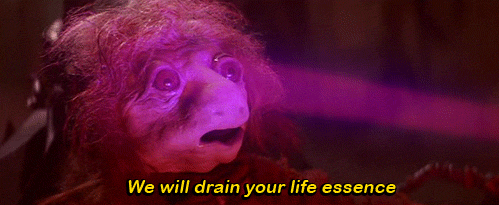
The film is an impressive achievement in atmospheria and world-building. But Netflix’s 10 part prequel series The Dark Crystal: Age of Resistance (created by Jeffrey Addiss and Will Matthews) is something else: a brilliant work of art across the board, from its engrossing narrative to its extraordinary visual panache. The story takes place on a distant planet called Thra, and involves three “Glefings” who inspire a rebellion against the evil Skeksis.
Here are six reasons why this eye-bulging, gooseflesh-raising series is nothing less than a modern masterpiece.
1) It is strikingly beautiful
Age of Resistance has a beautiful and tactile quality, far more arresting than the typical bombastic burst of CGI. Computer-generated effects can create amazing and immersive experiences, but tend to be most effectively used – as is the case here – in conjunction with real-world creations. The creatures in the series were constructed by the Jim Henson Creature Shop, which has a long and storied history in stunning handmade creations. This Flicks article from Travis Johnson explores many of them. The reason classics such as the original Dark Crystal still look so good, while many more recent CGI-loaded films have aged poorly, is simple: the camera loves authenticity.
2) It is elegantly shot and edited
The visual syntax of big budget productions in the 21st century has become increasingly fast, furious and kinetic, typified by rapid cuts and wobbly cinematography. The general idea is to make a thrilling experience befitting of contemporary attitudes (i.e. “more…and faster!”) but the result is often visual gibberish. In her influential book Hamlet on the Holodeck, Professor Janet Murray argued that this restless visual style reflects a desire from the audience to explore the worlds we see depicted on screen.
But in Age of Resistance, it is elegant camerawork rather than chopped up assemblage that truly evokes a sense of exploration. Erik Wilson’s cinematography has a dance-like quality, gliding through the space before us, as if in a constant attempt to come to terms with this bizarre alternate world. Sometimes the gliding quality is a little too restless for my tastes, though I am often in a minority of people who prefer their visual content slower and more measured. Nevertheless, throughout the series director Louis Leterrier maintains a highly dignified and commanding style.
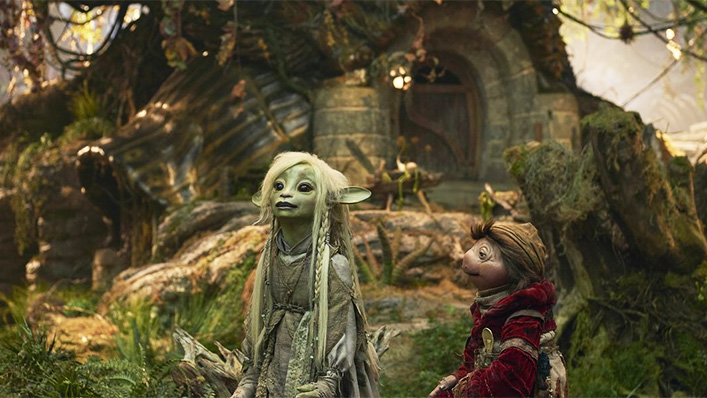
3) It’s about collectivism and working together
The core philosophical problems most common in multiplex superhero movies involve how the genre became, in the words of this Salon article by Keith A Spencer, “the guiding myth of neoliberalism.” The archetypal superhero story reflects similar sentiments exploited in western political campaigns, whereby those with the supposed ability to transform society are an all-powerful few, casting the rest of us as helpless Lemmings, crossing our fingers and hoping for good leadership. The rise of the genre has a disturbing connection to fascism, with desperate masses grasping onto inflated ideals of leadership during troubled times.
What does it say about our culture if the dominant narrative – the stories kids now grow up on – hammer home the message that people do not need to fight for what they believe in, because there will always be some magical dude descending from on high? Stories of superheroes are hardly new (Jesus was one, in a sense) but they have never been more prevalent or more pervasive.
Age of Resistance, however, explores the value of something the gods of MCU consider unfashionable: working together in pursuit of a common cause. No single character controls the movement around which the story pivots, involving a fight against the Skeksis inspired by Rian (Taron Egerton), Brea (Anya Taylor-Joy) and Deet (Nathalie Emmanuel). And no single person, if killed, could cause the movement to fall over. Without going into spoilers, real sacrifice is also involved; not the hollow kind we see in the MCU.
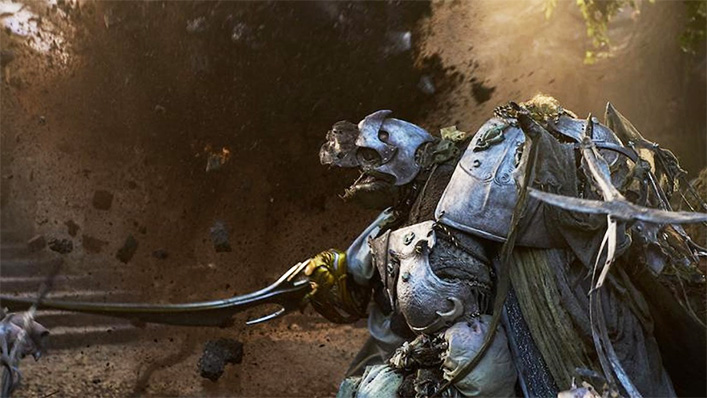
4) It has a powerful message for the era of climate crisis
In a pre-title introductory sequence, a narrator explains that the titular crystal provides Thra’s power source. Various climates and creatures have “existed in perfect balance” here until the arrival of the Skeksis. The core of the show concerns an existential threat to life on Thra, due to the constant spreading of “the darkening,” which transforms beautiful environments into wastelands. Age of Resistance compels people to act boldly decisively; to stand up the ruling class and fight to restore the environment. I explored what the series says about the climate crisis in detail here.
5) There’s an incredible torture scene inspired by 1984
At least I assume it was, because the similarities are striking. Near the end of George Orwell’s novel 1984 the protagonist, Winston, finds himself in Room 101 – a government-ran torture chamber tailored to the worst fears of the prisoner. In his case, that is a wire cage fitted to his face containing ravenous rats. In the case of Age of Resistance, a cage is placed on a Skeksis’ head, and a vicious, freaky, spider-like insect is placed inside. That terrible critter prepares its claws, scuttles towards one of the creature’s eyes – and, oh god, see it for yourself.
6) The dialogue is out of this world
Some of the dialogue in Age of Resistance are the types of lines common in stories about oppressed people rebelling against the forces of tyranny. There is considerable talk for instance about coming together, strength in numbers and making a stand – “not as many but as one,” as one character puts it. But the evil Skeksis – man, they know how to wrap their mouths around some, shall we say, powerful words. Their speech comes across like a kind of nefarious prose. Take for example this comment one of the more cheerful Skeksis characters makes in the second last episode: “Life is my paint and death is my canvas.” Life is my paint and…man, that’s one hell of a line.

